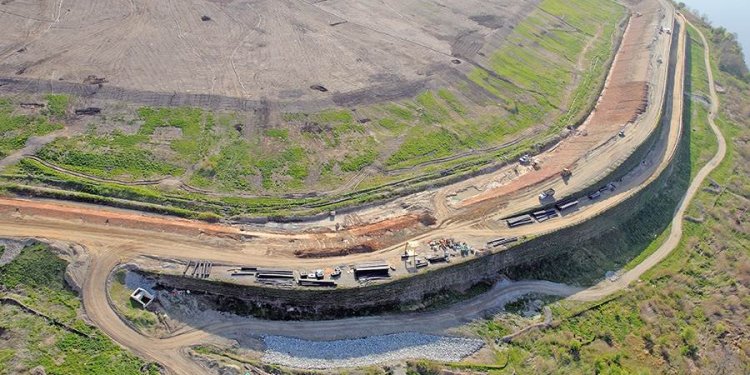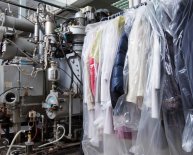
Hazardous Waste Disposal Facilities
Hazardous waste management facilities receive hazardous wastes for treatment, storage, or disposal and thus are usually referred to as TSDFs. From this page you can find information about commercial, noncommercial and interim status TSDFs, permits, facility fact sheets and the hazardous waste facility siting plan.
Treatment
Treatment facilities alter the character or composition of hazardous waste using different methods. Some of the more common methods include incineration and oxidation. Nevertheless, there are other treatment methods that allow waste to be recovered and reused.
Storage
Storage facilities are used to hold hazardous wastes until they are treated or disposed of.
Disposal
When hazardous waste is placed in or on the land and the waste remains after closure, the activity is defined as "Land Disposal." A "landfill" is the most recognized type of land disposal facility, however, New York State's hazardous waste regulations also recognize that land disposal may occur when waste is placed in other types of facilities.
- Corrective Action Program for Hazardous Waste Facilities - The objective of a Corrective Action Program at a hazardous waste management facility is to evaluate the nature and extent of the releases of hazardous waste or hazardous constituents; to evaluate facility characteristics; and to identify, develop, and implement an appropriate corrective measure or measures to protect human health and the environment
- New York State Hazardous Waste Facility Siting Plan - The Siting Plan is to be used as guidance by any hazardous waste facility siting board reviewing proposals for siting certain new or expanded hazardous waste management facilities and for Department and other State government agencies to use to assess the availability of sufficient hazardous waste facility capacity.

















